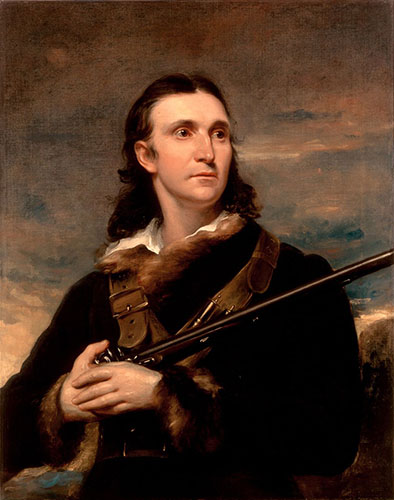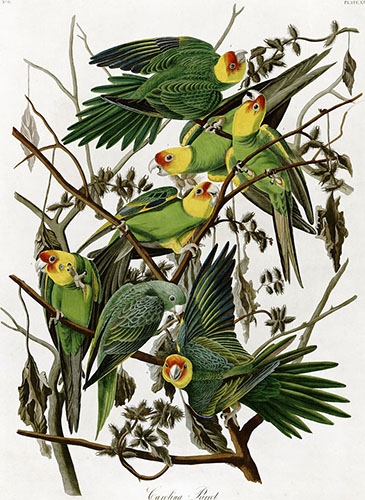The Legacy of Audubon
The plumage of the birds sparkle with nature’s own tints; you see them in motion or at rest, in their play and in their combat, in their anger and their affection, singing, running, asleep, just awakened, beating the air, skimming the waves, or rending one another in their battles… this picture of a nature so lusty and strong, is owing to the brush of a single man…
~ Critic Philarète-Chasles, about John Audubon



